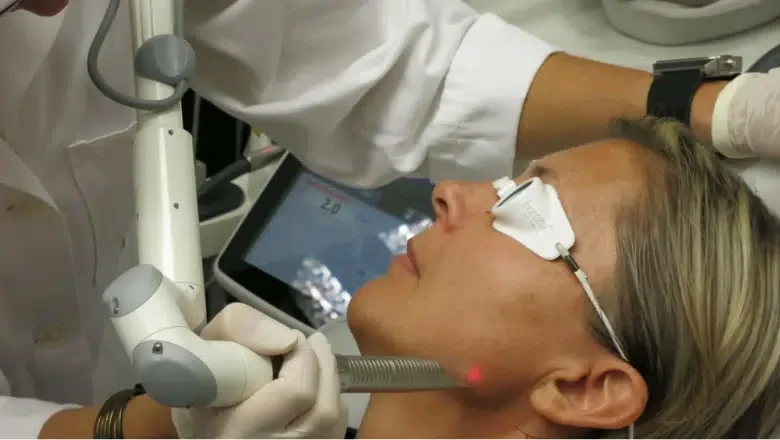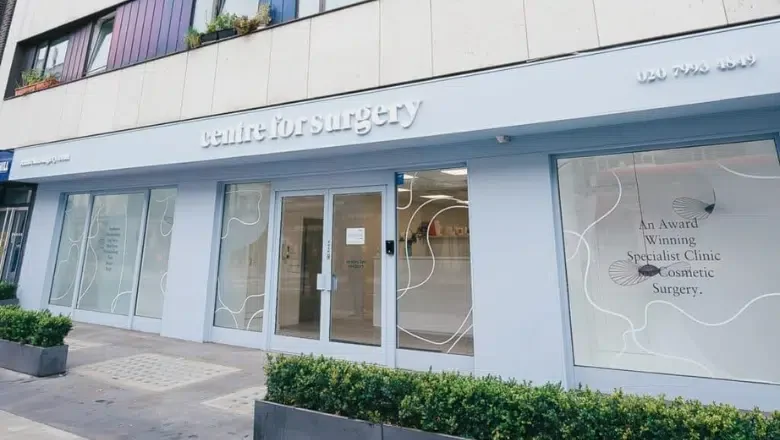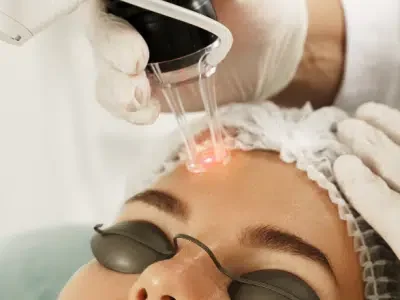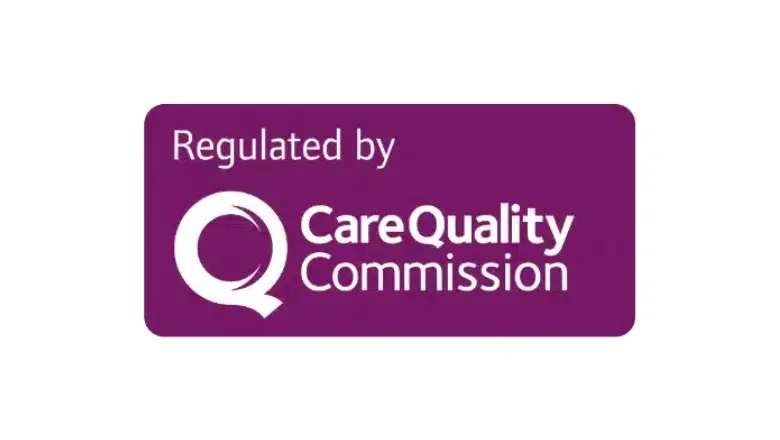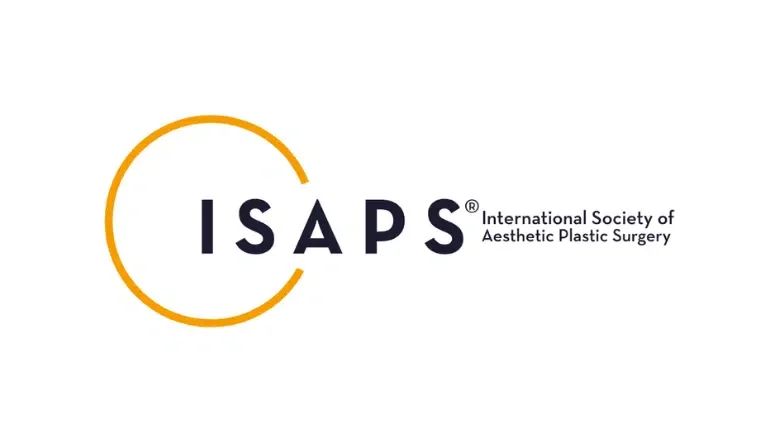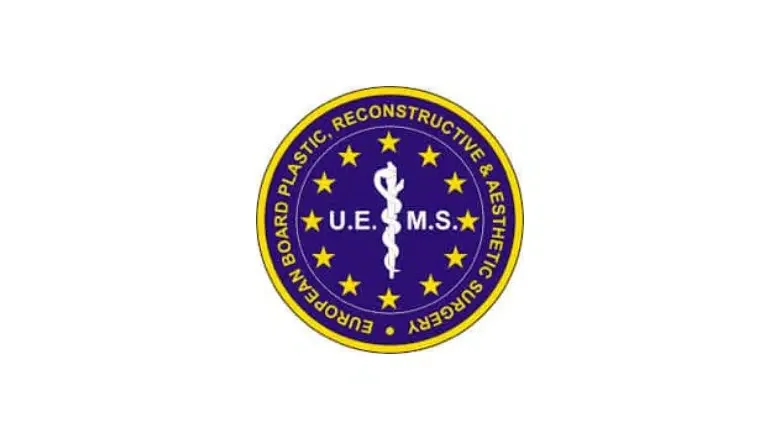Sebaceous Hyperplasia Removal in London With Laser
If you are considering the removal of sebaceous gland hyperplasia, laser treatment offers a promising solution. Conducted by experienced practitioners, this procedure is not only swift, typically completed within 30 minutes, but also minimises downtime, with a healing period of just 5 to 7 days. This makes it an appealing option for those seeking an effective remedy for this prevalent skin issue without the enduring marks often associated with conventional surgery.
At Centre for Surgery, we specialise in laser dermatology treatments. Our expertise extends to the efficient removal of a variety of skin lumps and bumps. Utilising advanced laser technology, we ensure that the treatment is both effective and leaves minimal scarring, setting a high standard in cosmetic care.
What is Sebaceous Hyperplasia?
Sebaceous gland hyperplasia is a benign skin condition characterised by an overgrowth of the sebaceous glands. These glands are linked to hair follicles and are responsible for producing sebum, a greasy substance that lubricates the skin and hair. In cases of hyperplasia, these glands enlarge, forming raised, shiny bumps that are typically yellow due to the high-fat content of the sebaceous cells.
The appearance of sebaceous gland hyperplasia is quite distinctive. The bumps often present as tiny yellow or white nodules on the skin. They are more noticeable when the skin is stretched and illuminated from the side, which highlights their unique texture and colouration. Each bump might appear to have a small crater at its centre, usually marking the hair follicle from which the gland has proliferated.
Additionally, these bumps can sometimes be surrounded by prominent thread veins, adding to their visible distinctiveness. The number of lesions can vary significantly from one individual to another; some may have only one or two, while others could develop several dozen.
The yellow colour of these bumps is a direct result of the lipid-rich content of the sebaceous cells, which reflects their primary function in the body’s skin care mechanism. Understanding this condition is crucial for effective treatment and management, particularly for those seeking cosmetic solutions to improve the skin’s appearance.
When to Consider Sebaceous Gland Hyperplasia Removal
Deciding to remove sebaceous gland hyperplasia often stems from both aesthetic and practical considerations. Several factors typically influence the decision to seek treatment:
Cosmetic Concerns
The most common reason for removing sebaceous gland hyperplasia is dissatisfaction with their appearance. These lesions, while benign, can be visible and may affect one’s self-esteem, especially if they are located on highly visible areas such as the face.
Increased Prominence
If a sebaceous gland hyperplasia lesion has grown significantly or becomes more conspicuous, it may prompt a decision for removal. Larger, more noticeable lesions can be particularly bothersome and are often more effectively treated before they increase further in size.
Multiple Lesions
Individuals who are prone to developing numerous sebaceous gland hyperplasia lesions might choose to undergo removal procedures as a preventive measure. Managing the number of lesions through regular treatments can help maintain skin appearance and prevent new lesions from becoming prominent.
Additionally, there are practical advantages to treating sebaceous gland hyperplasia when lesions are smaller. Early intervention can simplify the removal process and potentially decrease the likelihood of recurrence. It also helps in achieving better cosmetic results with minimal intervention.
The Sebaceous Gland Hyperplasia Removal Process: A Step-by-Step Overview
The removal of sebaceous gland hyperplasia is a refined procedure aimed at reducing the visibility of unsightly skin bumps with minimal scarring risk. During the initial stages of the treatment, the affected skin area is numbed to ensure comfort. This is typically achieved through the application of a topical anaesthetic which can also be combined with a small injection of local anaesthetic to deeply numb the skin.
Once the area is adequately anaesthetised, a fine needle is carefully inserted into the lesion. An erbium laser, known for its precision and effectiveness, is then employed to target and diminish the hyperplastic sebaceous glands. Due to the depth at which these glands are located, only the portion of the gland that is raised above the skin level and forms the visible bump is treated. This focused approach helps in preserving the surrounding skin tissue, thereby reducing the likelihood of scar formation.
The sensation experienced during the laser application is typically described as a brief, pinch-like feeling, which quickly subsides. Following the laser treatment, the treated area might resemble a superficial graze, which is promptly covered with petroleum jelly to aid in healing. This area is expected to scab over and heal within a few days, and there is usually no need for a dressing.
Alternative methods such as shave excision can be considered for larger lesions or in cases where the laser treatment may not be suitable. However, laser removal remains the most recommended and effective method for treating sebaceous gland hyperplasia.
During your initial consultation at a specialised clinic, you will receive tailored advice on the most appropriate treatment options based on the severity and characteristics of your lesions. This personalised approach ensures that the treatment not only effectively addresses the lesions but also aligns with your skin health and cosmetic goals.
Healing Process and Aftercare for Laser Sebaceous Gland Hyperplasia Removal
Healing After Laser Removal
After undergoing laser removal of sebaceous gland hyperplasia, the skin’s healing process begins almost immediately. In the area treated, a small scab forms which typically falls off within 5 to 7 days; this duration might extend slightly for larger lesions. You’ll be advised to apply a topical dressing to the area twice daily to support the healing process. While small lesions often heal completely without leaving any marks, larger lesions might result in a faint scar. These scars can appear slightly paler than the surrounding skin and may have a subtle indentation. It’s generally recommended to treat lesions when they are small to minimise scarring, although larger lesions can also be effectively treated with this method.
Aftercare and Recovery
Post-treatment care is crucial to ensure a smooth recovery. You should avoid vigorous physical activities for the rest of the day following the procedure. Keeping the treated areas clean and dry is essential; they can be gently cleansed with water using a cotton pad once or twice daily. Most individuals are able to resume office work or similar non-strenuous activities immediately after the treatment.
Potential Risks of the Procedure
While the laser treatment for sebaceous gland hyperplasia is generally safe, a few risks are associated with the procedure, especially for larger lesions. Such lesions might require multiple treatments and could leave a light scar or, in rare cases, an indentation. As the sebaceous glands are located deep within the skin, the procedure targets the visible part of the gland while sparing the base to reduce the risk of deep scarring. Despite this precaution, some lesions may recur over time as the deeper parts of the glands can regenerate. Recurrent lesions are typically manageable with further treatments as needed.
How much does sebaceous hyperplasia removal cost?
The cost of removing sebaceous gland hyperplasia starts at £350. This initial price can vary depending on several factors, including the number of lesions you need to be removed and the type of anaesthetic required for the procedure. Typically, the more lesions you have treated in a single session, the less the cost per lesion will be.
This pricing structure is designed to provide flexibility and affordability, especially for those who may require multiple lesions to be treated simultaneously. By opting for multiple lesion removals in one session, you can benefit from a reduced rate per lesion, making the treatment more cost-effective.
For an accurate estimate tailored to your specific needs, it’s best to schedule a consultation with a specialist at Centre for Surgery. During this consultation, the specialist will assess the extent of your condition and discuss the most suitable treatment options. This will provide a clearer understanding of the overall cost involved in your treatment plan.
Booking a Sebaceous Gland Hyperplasia Removal at Centre for Surgery
If you’re considering treatment for sebaceous gland hyperplasia, the first step is to arrange a consultation at Centre for Surgery. During this consultation, you’ll have the opportunity to meet with a specialist in laser dermatology. The specialist will carefully assess your skin condition and discuss the most suitable treatment options based on your specific needs.
RELATED: Ida Bafende
The consultation is designed to be comprehensive, involving a thorough assessment of your skin and the affected areas. This will include a discussion about the nature of your skin issues, the characteristics of the lesions, and your medical history. During this time, the specialist might also consider whether a biopsy is necessary to confirm the diagnosis if there is any uncertainty about whether your lesions are indeed sebaceous gland hyperplasia.
You can visit our contact our clinic directly on 0207 993 4849 to learn more about what to expect during your skin consultation, including how your condition will be assessed and how your treatment will be planned. This will also provide you with additional information about the steps involved in preparing for potential treatments, ensuring you are fully informed and comfortable with the process.
FAQs
-
Where does Sebaceous gland commonly occur?Sebaceous gland hyperplasia lesions most commonly develop on the face, particularly in areas such as the forehead, cheeks, under the eyes, on the nose, and the chin. These areas typically have a higher concentration of sebaceous glands, making them more prone to this type of skin condition.
-
Will a sebaceous gland hyperplasia lesion disappear on its own?Once formed, sebaceous gland hyperplasia lesions do not disappear without intervention. This persistence is due to their nature; they are clusters of cells from the sebaceous glands that do not reduce over time on their own.
-
Can a sebaceous gland hyperplasia lesion be squeezed?It may be tempting to try and squeeze a sebaceous gland hyperplasia lesion, but this is not advisable. These lesions cannot be emptied by squeezing and attempting to do so can lead to irritation or potential damage to the skin.
-
Are they any home treatments for sebaceous hyperplasia?Many people are tempted to manage sebaceous gland hyperplasia using home treatments. Certain common methods prove ineffective for this specific condition. Treatments that do not work for sebaceous gland hyperplasia include:
Comedone extraction: Attempting to extract these lesions like comedones (blackheads) is not only ineffective but can also lead to skin damage and irritation, as sebaceous gland hyperplasia lesions are fundamentally different from common acne or blackheads.
Facials: While relaxing and beneficial for general skin health, facials do not have an impact on sebaceous gland hyperplasia lesions.
Chemical peels: These treatments can improve the texture and appearance of skin but are not effective in reducing or removing sebaceous gland hyperplasia as they do not reach the depth where these glands reside.
AHA and BHA washes or masks: Alpha Hydroxy Acids (AHA) and Beta Hydroxy Acids (BHA) are excellent for exfoliation and treating some skin issues, but they do not affect the deep-seated sebaceous glands involved in hyperplasia. -
Is sebaceous gland hyperplasia cancerous?Sebaceous gland hyperplasia is not cancerous; these lesions are completely benign. However, when they grow larger, they can sometimes be mistaken for certain types of skin cancer. Thankfully, specialists at our clinic can accurately differentiate between them and more serious conditions.
-
Who performs sebaceous gland hyperplasia removal?The removal of sebaceous gland hyperplasia is typically conducted by a specialist practitioner. Our skin experts are trained to safely and effectively remove these lesions, ensuring minimal discomfort and optimal cosmetic outcomes.

